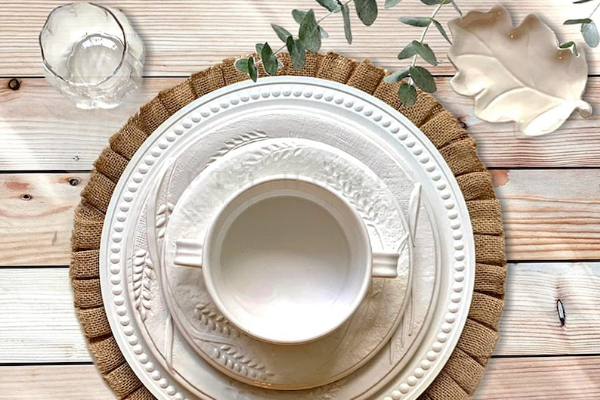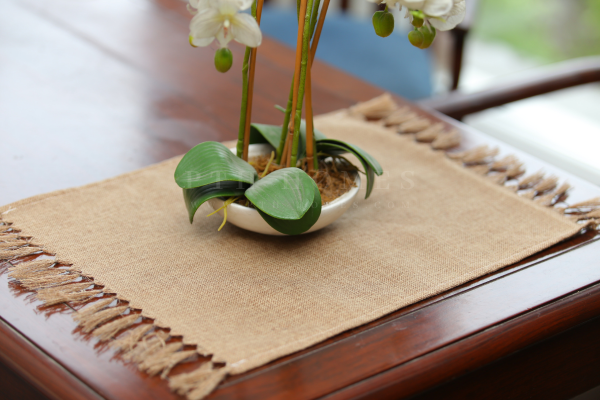Sustainable Home Textiles: The Eco-Friendly Path to Cozy Living
Introduction
In today's fast-paced world, the concept of sustainability has become increasingly crucial in every aspect of our lives, including the way we furnish our homes. Sustainable home textiles are gaining popularity among Eco-conscious consumers who seek to create a cozy and comfortable living space while minimizing their environmental impact. In this blog, we will explore the significance of sustainable home textiles, their benefits, and how you can make conscious choices to embrace Eco-friendly living without compromising on style and comfort.
What are Sustainable Home Textiles?
Sustainable home textiles refer to fabrics, materials, and furnishings that are produced, used, and disposed of in a manner that minimizes their impact on the environment and promotes social responsibility. This encompasses everything from bedding and towels to curtains. The key principles behind sustainable textiles are:
Eco-Friendly Materials: Sustainable home textiles are often made from natural, renewable, and biodegradable materials, such as organic cotton, hemp, bamboo, linen, and wool. These materials require fewer chemicals and energy during production and have a lower carbon footprint compared to their synthetic counterparts.
Ethical Production: Sustainable textiles are produced under fair labor practices, ensuring the well-being of workers and promoting ethical working conditions. Manufacturers often prioritize local communities, supporting skilled artisans and reducing transportation-related emissions.
Minimal Environmental Impact: Sustainable textiles are manufactured using Eco-friendly processes that minimize water consumption, pollution, and waste generation. Many brands adopt Eco-friendly dyeing and finishing methods to further reduce their environmental footprint.
The Benefits of Sustainable Home Textiles
Environmental Conservation: By choosing sustainable home textiles, you contribute to the preservation of natural resources and protect ecosystems. These textiles often have a reduced impact on water usage, land degradation, and greenhouse gas emissions, helping combat climate change.
Healthier Living Spaces: Sustainable textiles are usually free from harmful chemicals, pesticides, and synthetic additives. As a result, they promote healthier indoor air quality, reducing the risk of allergies and respiratory issues for occupants.
Longevity and Durability: Sustainable textiles are typically crafted with a focus on quality, ensuring they last longer than their conventional counterparts. This not only reduces the frequency of replacements but also lowers overall waste generation.
Social Responsibility: Supporting sustainable textile brands like PTH Homes often means supporting fair labor practices and empowering local communities. It enables you to make a positive impact on the lives of workers and their families.
Tips for Embracing Sustainable Home Textiles
Focus on Quality and Timeless Design: Invest in high-quality, timeless designs that won't go out of style quickly. Durable textiles last longer, reducing the need for frequent replacements.
Maintain and Care for Textiles: Properly care for your textiles by following our instructions, which can extend their lifespan and keep them in optimal condition.
Conclusion
As sustainability becomes an essential aspect of modern living, sustainable home textiles offer a fantastic opportunity to make a positive impact on the environment and support ethical practices. By choosing Eco-friendly materials, supporting responsible brands, and embracing timeless designs, you can create a cozy and environmentally conscious living space without compromising comfort or style. Making sustainable choices in our homes contributes to a healthier planet and a brighter future for generations to come. Let's take the leap towards sustainable home textiles and be part of the solution.




















